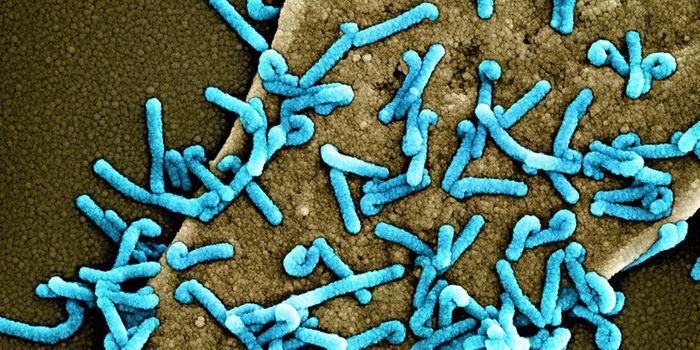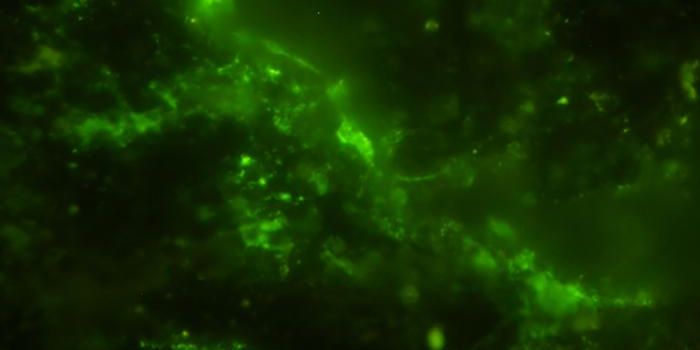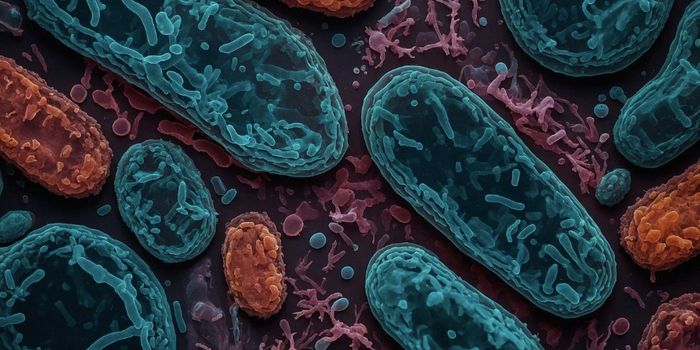Microbes in Cheese Use Those Funky Smells to Communicate
Cheese is made with microbes. Most cheeses have an aroma, some of them are very distinctive. Scientists have now found that those smells actually help the bacteria and fungi that live in cheese communicate with one another. Bacteria that are commonly used in the cheese-making process can detect and respond to biochemical signals generated and released into the air by fungi in cheese rind. These compounds can encourage the growth of some bacteria and not others, which is part of what influences the taste and composition of the cheese.
This work, which was reported in Environmental Microbiology, sets up a framework for understanding and altering other microbial communities that are important to soil, the gastrointestinal tract, and other places.
"Humans have appreciated the diverse aromas of cheeses for hundreds of years, but how these aromas impact the biology of the cheese microbiome had not been studied," said the corresponding study author Benjamin Wolfe, professor of biology in the School of Arts and Science at Tufts University. "Our latest findings show that cheese microbes can use these aromas to dramatically change their biology, and the findings' importance extends beyond cheese making to other fields as well."
Microbes can often generate airborne volatile organic compounds (VOCs) as they interact with their environment. When bacteria and fungi grow in cheese as it ripens, they release enzymes that metabolize amino acids, producing many other compounds that give cheese its flavor and aroma in the process.
This work showed that VOCs are also a way for fungi to signal to bacteria and provide it with sustenance. The scientists paired different cheese bacteria with various fungi in cheese rinds and found many relationships between them, from strongly stimulatory to strongly inhibitory.
One bacteria called Vibrio casei grew rapidly when exposed to VOCs from any of the five rind fungi the were tested. Other bacteria like Psychrobacter were more selective and only grew in response to one fungus (Galactomyces). The growth of two common cheese bacteria was significantly diminished after exposure to VOCs from Galactomyces.
The VOCs were found to change gene expression in the bacteria, sometimes in ways that altered their nutrient metabolism. In one instance, bacteria switched to consuming simple compounds when complex compounds like glucose were unavailable.
"The bacteria are able to actually eat what we perceive as smells," said the first study author Casey Cosetta, a postdoctoral scholar at Tufts University. "That's important because the cheese itself provides little in the way of easily metabolized sugars such as glucose. With VOCs, the fungi are really providing a useful assist to the bacteria to help them thrive."
This work may help cheese producers develop better cheese, and it may also help us learn more about the microbial communities in our bodies.
"Now that we know that airborne chemicals can control the composition of microbiomes, we can start to think about how to control the composition of other microbiomes, for example in agriculture to improve soil quality and crop production and in medicine to help manage diseases affected by the hundreds of species of bacteria in the body," said Wolfe.
Sources: AAAS/Eurekalert! via Tufts University, Environmental Microbiology









